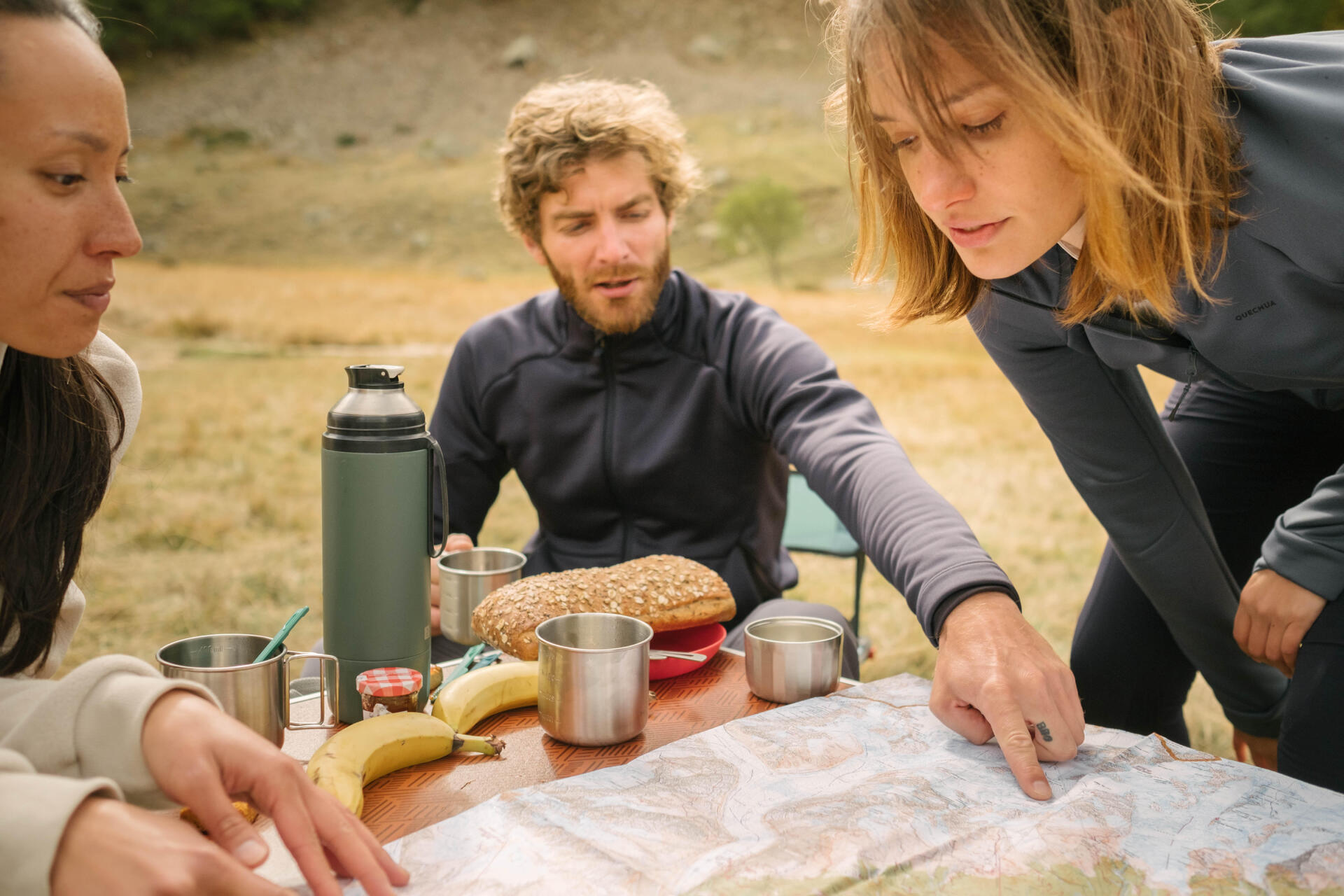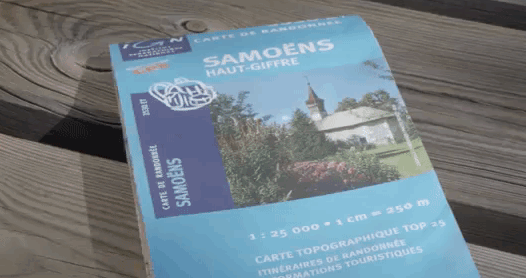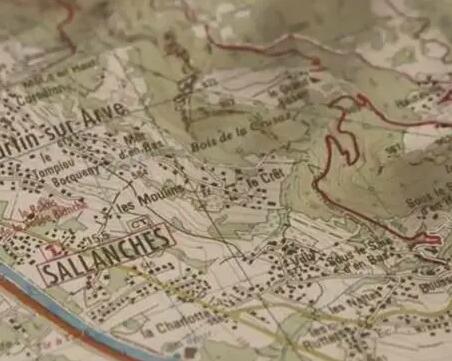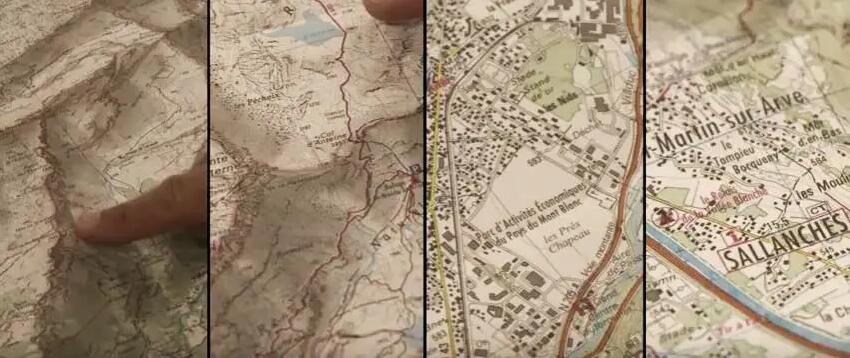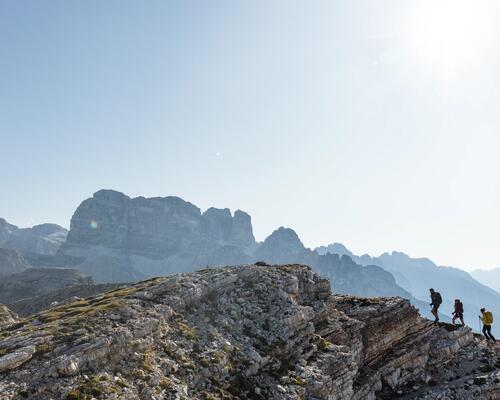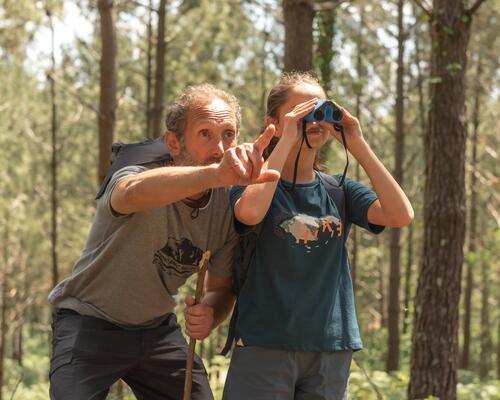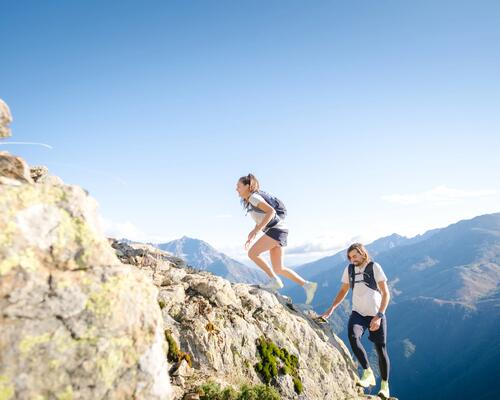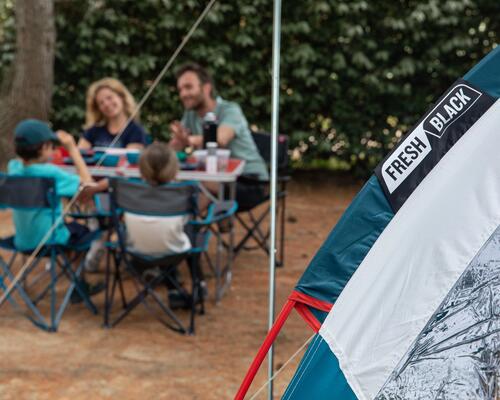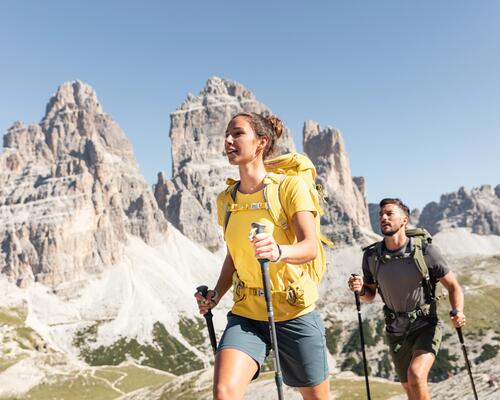Use the four information layers for a sense of direction
To be as precise as possible, a map overlays four types of information of human or natural origin.
Relief:
Contour lines complete the relief by defining the volumes and general shapes of the terrain. A contour line is an imaginary line that connects all points at the same altitude. On 1/25,000 scale maps, contour lines are represented every 10 meters. For example, you will climb 50 meters of elevation every five contour lines. Therefore, the closer the contour lines are, the steeper the slope. Conversely, very spaced contour lines indicate a gentle slope. Consider using poles to make your ascents easier and to increase safety during descents.
Hydrography:
Rivers, streams, lakes, swamps, the sea, etc., are always represented. Watercourses have long been very useful to lost hikers. Since most villages were traditionally built along rivers, it was enough to follow the watercourse upstream or downstream to find civilization.
Human-made structures:
Buildings, roads, paths, and administrative boundaries are indicated in black.
Toponymy:
This term concerns the study of proper names designating a place. Depending on the detail of your map, you can read the names of the smallest villages up to the largest cities. Peaks and forests are also indicated.
